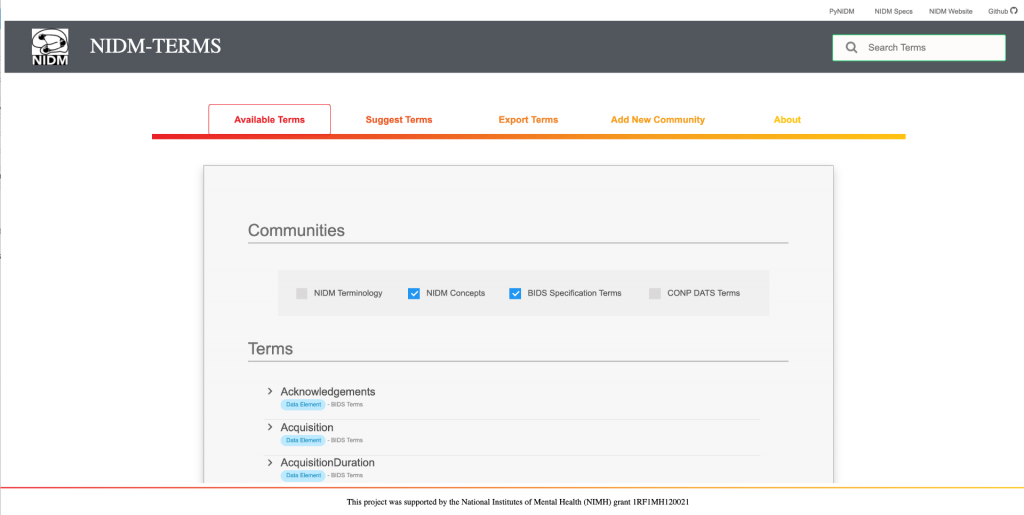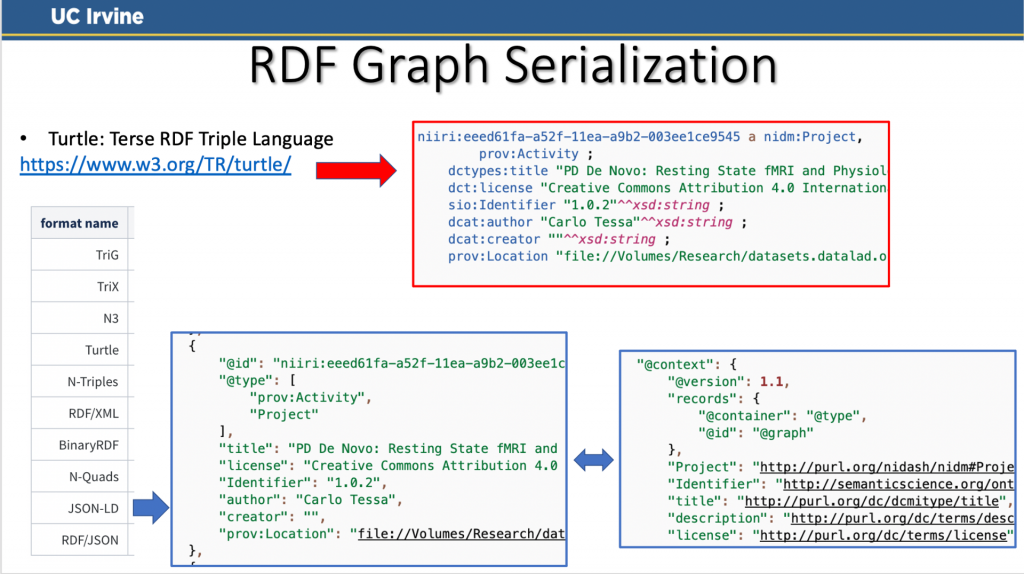A groundbreaking study has revealed the powerful impact of adverse childhood experiences (ACEs) on brain function, offering critical insights into how early trauma shapes mental health in adulthood. Published today in Frontiers in Psychiatry, this is the largest brain-imaging study ever conducted on ACEs.
The study involved over 7,000 participants and used brain SPECT imaging and clinical evaluations to map how childhood trauma affects brain activity. Results show that higher ACE scores are closely linked to an increased risk of psychiatric disorders, including PTSD, anxiety, depression, and substance abuse.
Crucial findings revealed abnormal activity in areas of the brain associated with emotional pain and decision-making, such as the anterior cingulate and thalamus. These areas, responsible for processing both physical and emotional suffering, were overactive in individuals with high ACE scores, explaining the link between childhood trauma and conditions like fibromyalgia and chronic migraines.







